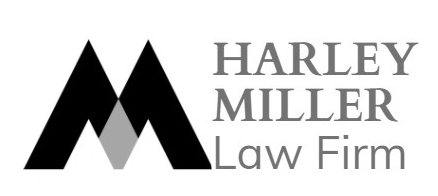Intellectual property ownership is increasingly recognized as an asset and a tool for businesses, contributing significantly to their success. The potential of intellectual property for creating value has led to a growing demand for intellectual property valuation methods.
It’s essential to carefully distinguish between price and value when it comes to intellectual property. Price is typically defined as what a buyer is willing to pay in a normal transaction based on the value of the asset. Value is an abstract term but has a defined quality that is calculated based on a system of methods and principles verified in a sequence. In other words, valuing intellectual property can affect the price of an intellectual asset, but this is not necessarily the same as determining the price for a product. Determining the price for a product is often influenced by many factors such as timing, demand, selling reasons, and negotiation skills of the parties involved.
The tools used for intellectual property valuation help businesses efficiently and productively manage their intellectual assets. Valuing intellectual property sets a useful standard and serves as the basis for negotiations in cases of transfer or sale of intellectual property.
Before conducting intellectual property valuation, businesses need to answer the following questions:
- Why does the business decide to value its intellectual property?
- When will the information (valuation results) be needed and used?
- Which intellectual property rights will be valued?
- Which valuation method will be used?
Things to consider when valuing intellectual property:
– The scope and strengths of protection in exclusive patent rights or the strengths of intellectual property play a significant role in the entire valuation process. Broad protection (protection in multiple countries) can increase the value of a product. However, this also depends on how the valuator understands the strengths of intellectual property enforcement mechanisms in related countries.
– The level of systematization and the effective use of systematically organized information in the product also influence valuation.
– The value of a product can increase when the difficulty of infringing intellectual property rights is higher. On the other hand, the existence of well-protected intellectual property substitutes can negatively impact the product’s value.
Therefore, businesses need to conduct research to identify issues related to intellectual property rights mentioned above to understand their positive or negative impacts on the value of the company’s products and assets.





